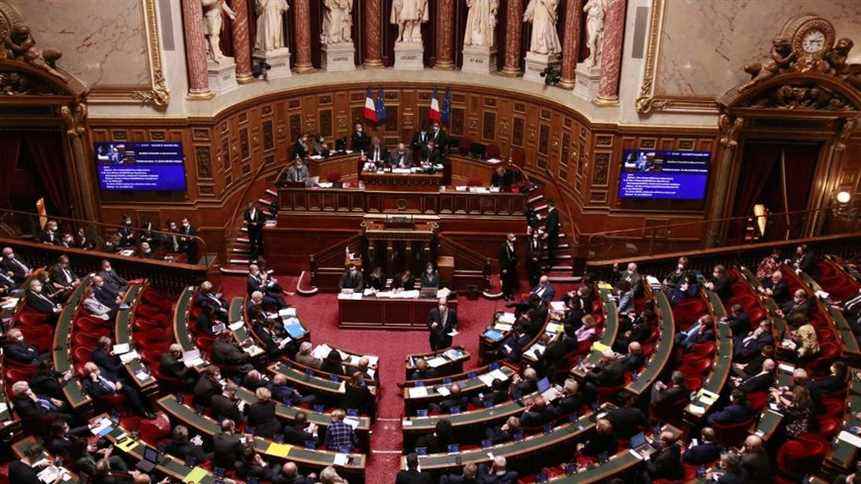Fifteen works, including paintings by Gustav Klimt and Marc Chagall, will be able to be returned to the heirs of Jewish families despoiled by the Nazis: the unanimous Parliament authorized Tuesday evening this return, via a bill which wants to be “historic”. After the National Assembly unanimously on January 25, the Senate dominated by the right validated this text by a show of hands, to the applause of these heirs or their representatives present in the gallery. “It’s a first step” because “looted works of art and books are still kept in public collections. Objects that shouldn’t, never should have been there”repeated the Minister of Culture Roselyne Bachelot.
A “historic” law
Minister welcomes law “historical” by which, for the first time in seventy years, “a government initiates a process allowing the restitution of works from public collections looted during the Second World War or acquired in troubled conditions during the Occupation, due to anti-Semitic persecution”. A bill was needed to derogate from the principle of inalienability of public collections. Senators of all persuasions hailed restitutions ranging “in the sense of appeasement” and the “end of a long process”. Senator Esther Benbassa (unlisted), a historian specializing in the Jewish people, noted the importance of this vote “at a time when some are trying to rehabilitate the Vichy regime in public debate”, in allusion to Éric Zemmour, far-right candidate for the Elysée. According to the rapporteur Béatrice Gosselin (LR), the spoliations were “one of the aspects of the policy of annihilation of the Jews of Europe led by the Nazi regime” and “without being the instigator, the Vichy regime also actively collaborated in these crimes”.
Which works will be returned?
Among the 15 works is “Rosiers under the trees” by Gustav Klimt, kept at the Musée d’Orsay, the only work by the Austrian painter belonging to the French national collections. It was acquired in 1980 by the State from a merchant. Extensive research has established that it belonged to the Austrian Eléonore Stiasny who sold it during a forced sale in Vienna in 1938, during the Anschluss, before being deported and murdered.
Eleven drawings and a waxwork conserved at the Louvre Museum, the Musée d’Orsay and the Musée du Château de Compiègne, as well as a painting by Utrillo conserved at the Musée Utrillo-Valadon (“Carrefour à Sannois”), are also part of the expected refunds. A painting by Chagall, entitled “The Father”, kept at the Center Pompidou and entered the national collections in 1988, has been added. It was recognized as the property of David Cender, a Polish-Jewish musician and luthier, who immigrated to France in 1958. For 13 of the 15 works, the beneficiaries were identified by the Commission for the Compensation of Victims of Spoliation (CIVS), created in 1999. France has long been accused of being late compared to several European neighbors in terms of repair. A research and restitution mission for cultural property looted between 1933 and 1945 was created within the Ministry of Culture two years ago.
100,000 works of art have been seized in France during the 1939-1945 war, according to the Ministry of Culture. 60,000 goods were found in Germany at the Liberation and returned to France. Among them, 45,000 were quickly returned to their owners.
